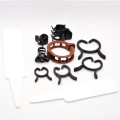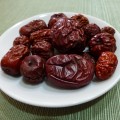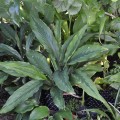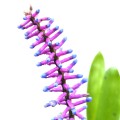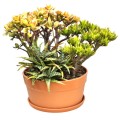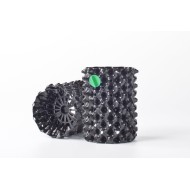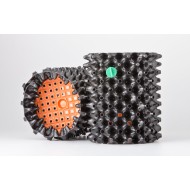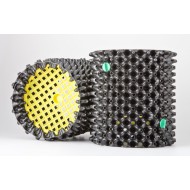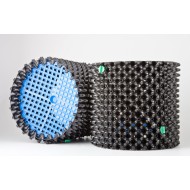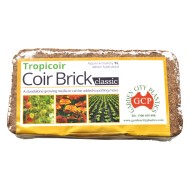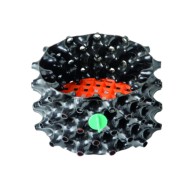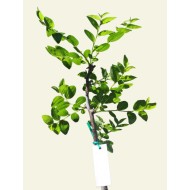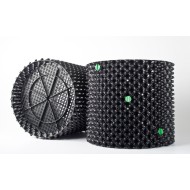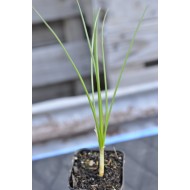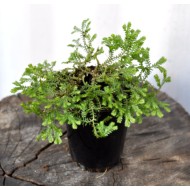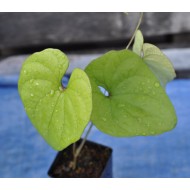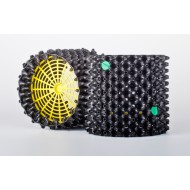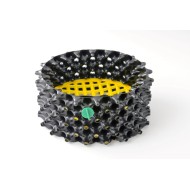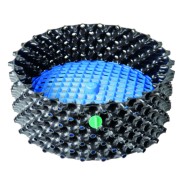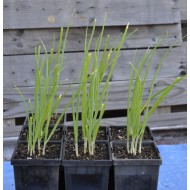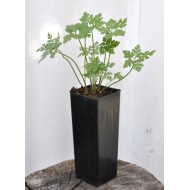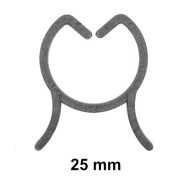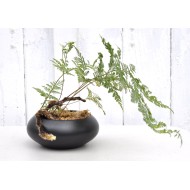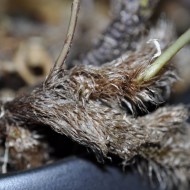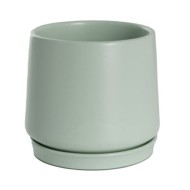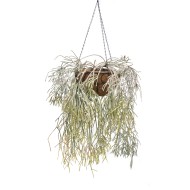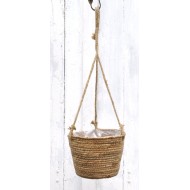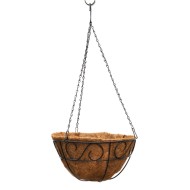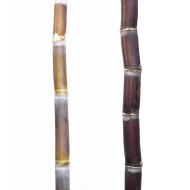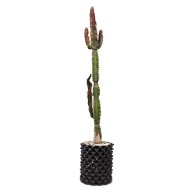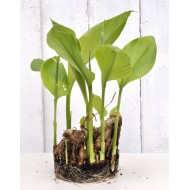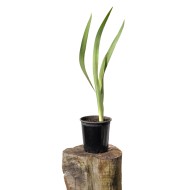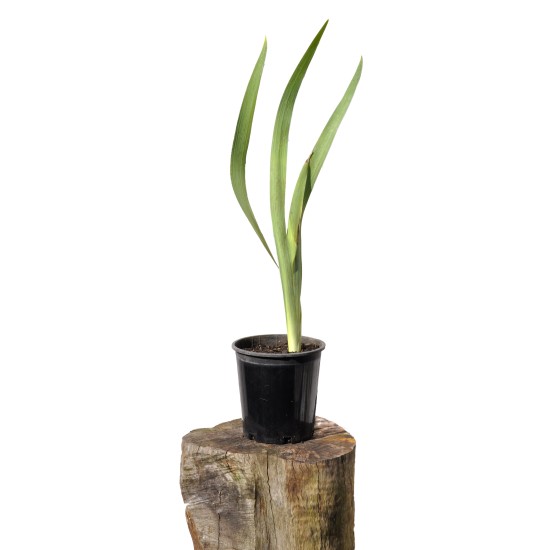
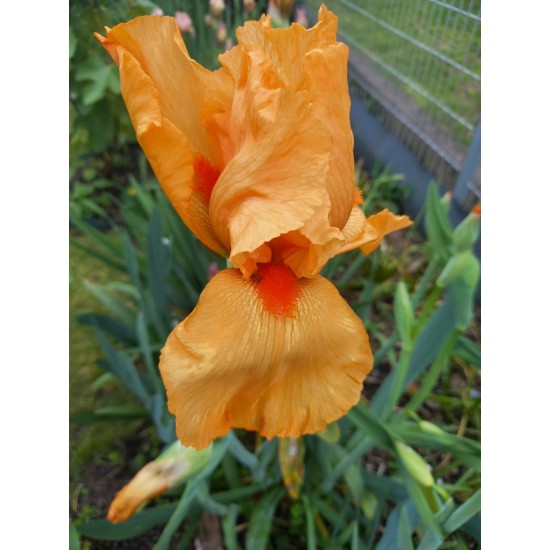
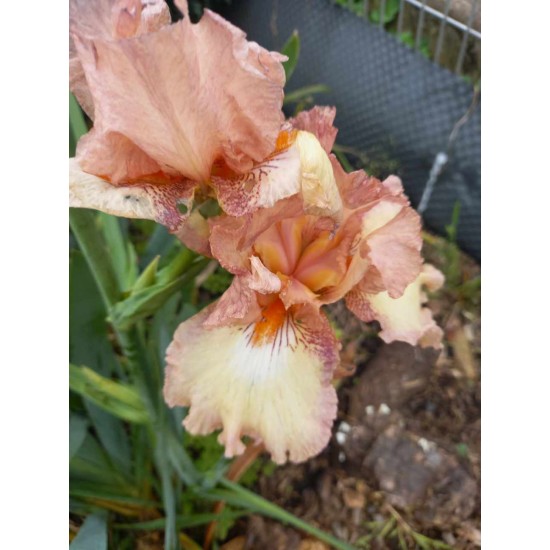
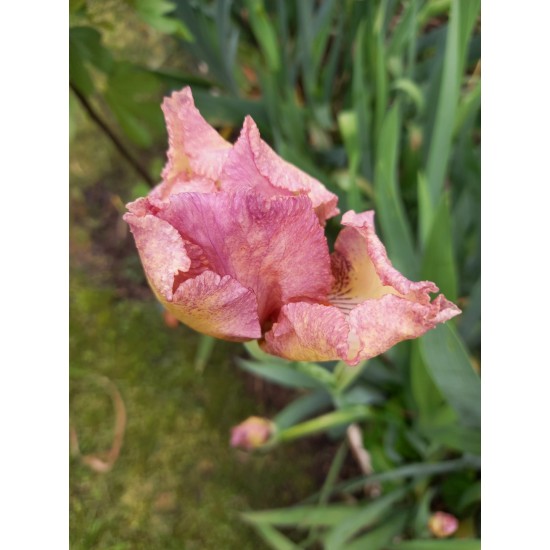




- Stock: Pre-Order
- Model: bearded-iris
Family: Iridaceae (includes freesias, gladioli, and crocuses)
Genus: Iris (includes irises)
Botanical/Binomial Name: Iris × germanica
Iris, from Ancient Greek Ἶρις (Îris, ‘the messenger of the gods’, ‘a rainbow’): named for Iris, a Greek goddess who carried messages to Earth from Olympus via a rainbow, i.e. a reference to the range of petal colours many species in Iridaceae have; and
germanica, from Latin germanica (feminine singular of germānicus, ‘Germanic’, ‘of Germany’)
Common Names: Bearded Iris, German Bearded Iris
Botanical Characteristics: Herbaceous | Perennial | Rhizomatous | Medium-frost tolerant
Propagation: Seed | Division of rhizomes
Item Description:
A dear friend gave me several rhizomes to sell on his behalf. The colours were mixed up unfortunately, so it will be a lucky dip as to which you’d receive — price is discounted to account for this.
One thing for sure however, is that the colour will be stunning! Come spring-summer you should be rewarded with any of the gorgeous apricot, peach or pink flowers shown in the photos.
Plant Description:
The bearded iris is a natural European hybrid, a cross between Iris pallida (the Dalmation iris) and Iris variegata (the Hungarian iris).
It is a perennial, clumping and spreading plant which grows from underground rhizomes. Some rhizomes may lose all their leaves during winter to reshoot come spring, while most will retain most of their leaves throughout winter.
Flowers appear in spring-summer.
Growing Information:
Bearded iris are very hardy and easy to grow in pots or in the ground, and prefer full sun and well-drained soil rich in organic matter. A good layer of mulch will protect the rhizomes over winter in areas prone to frost, but this should be mostly removed come spring, as too much mulch may cause the rhizomes to rot. Planting the rhizomes too deeply can also lead to rot — so long as the roots are deeply planted it is okay to have the rhizomes just below the surface or even protruding slightly.
Overwatering can also cause problems as these plants don’t require much water and are quite drought-tolerant. They can be watered whenever the top 5 cm feels dry.
Blood and bone is a great top-up slow-release fertiliser which can be applied lightly in autumn and spring for increased blooming. Alternatively apply liquid plant food as per directions once you see flower buds appear.
Remove dead and witherd flowers so as to encourage another flush later in the season.
Every 3-5 years, and after flowering has ended for the season, it is a good idea to lift the rhizomes and divide them for planting anew. This maintains plant health and vigor.
Local pick-up is welcome — we’re in Gwynneville, near Wollongong University.
Pick-up is by mutual arrangement please, as we don’t have a shopfront.
Having said that, we are always here and more often than not can easily fit in with whichever day and time suits you best!
Feel free to suggest preferred pick-up time(s) in the comments box during checkout and we’ll reply as soon as we see the notification.
Especial Note Regarding Large Air-Pot® Orders
Depending on the order, we may suggest that large Air-Pot® orders are best sent directly to you from the warehouse.
Especial Note Regarding Jujube Trees
When posting out bare-rooted jujube trees, we routinely trim them to fit the box and keep postage costs to a minimum. These trees are typically knee-high when planted out, though some may be smaller.
This of course doesn’t apply for pick-ups, and in fact we will set aside the tallest trees specifically for this purpose. These trees can often be hip-high, and sometimes taller again.
Please note that this is not a guarantee, as heights of different cultivars can differ from year to year.

